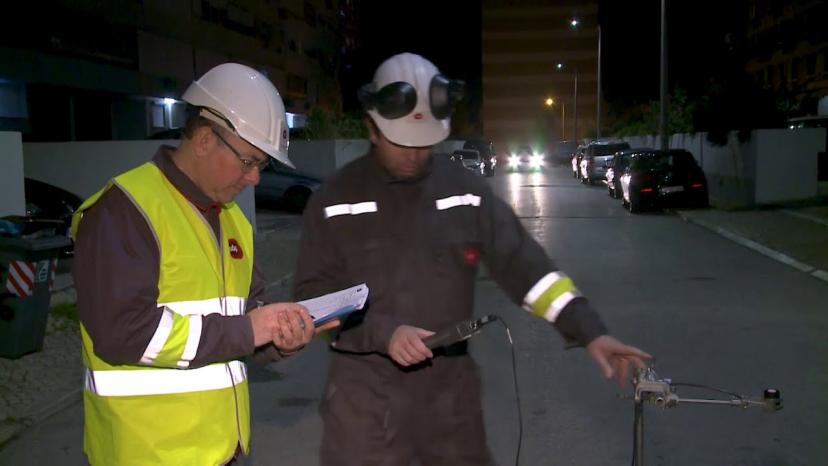EDP Distribuição carried out a study in several regions of the country, with two components: psycho-social and lighting-technical, covering different types of populations (urban, rural, coastal and inland), thus guaranteeing a national representation for a better understanding of the impact of this new technology on everyday life.
The protocol that EDP Distribuição established with the National Association of Municipalities (ANMP) for the progressive replacement of the current technology of Public Lighting by LED technology was also relevant in the decision to carry out this study. The study was focused on the acceptance of LED, with the following themes:
Psychosocial component
• Acceptance of a change to LED technology, as well as the colour change;
• Relevance given to energy efficiency; • Sensitivity factors and impact on routine, safety and sustainability
• Lighting-technical component • Luminance variations
• Energy gains.
The main conclusions of the study can be summed up in the following topics:
• Importance attributed to Public Lighting: high importance for safety issues. For this reason, the opinion of the citizens has to be safeguarded.
• Satisfaction with Public Lighting:
Citizens are satisfied, but expect improvements in solving the following situations, places with low illumination and with too many blown lamps.
• Energy efficiency: it is a topic to be explored, very connected or linked with energy saving. A concept that still needs to be clarified.
• Acceptance: good reception to change to LED, with a reception and acceptance index of 97% (excluding undecided persons) and preference for white colour, with a 94% index.
• Variations in luminance: significant changes were observed in lighting levels, namely in the Loures area, where the level had been reduced by half, and Guimarães, where it doubled. Nevertheless, these changes had little influence on the acceptance rate of the technology.
• Energy gains: energy savings ranged from about 53% in Guimarães to Moura and 75% in Mangualde and Loures. The results have shown the LED's energy efficiency gains over Mercury Vapor and Sodium Vapour.
See the video
